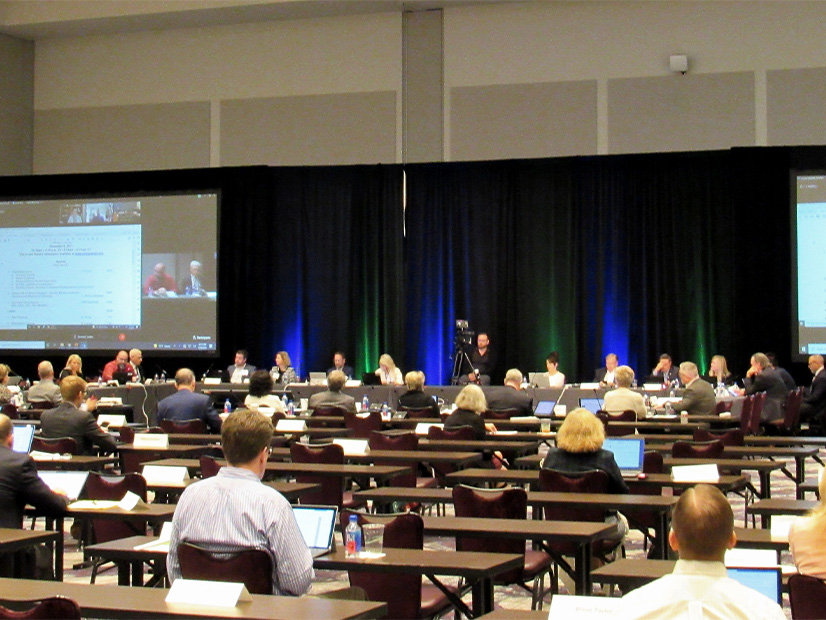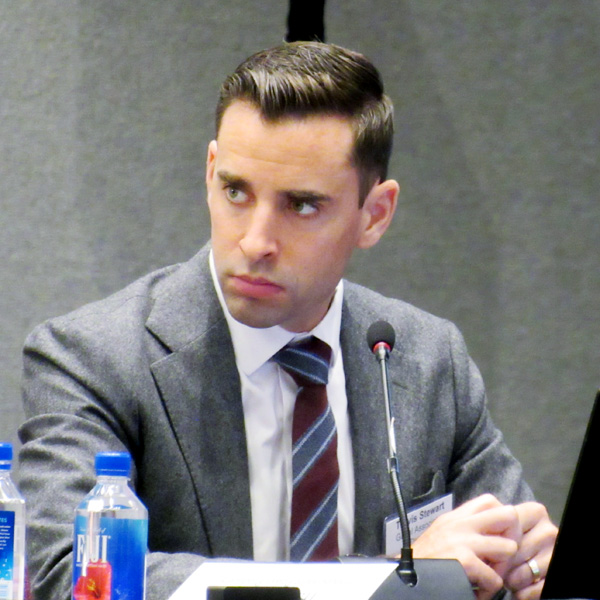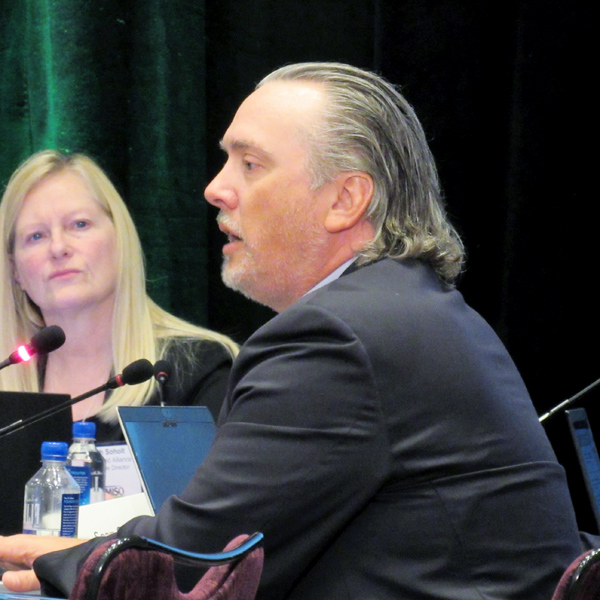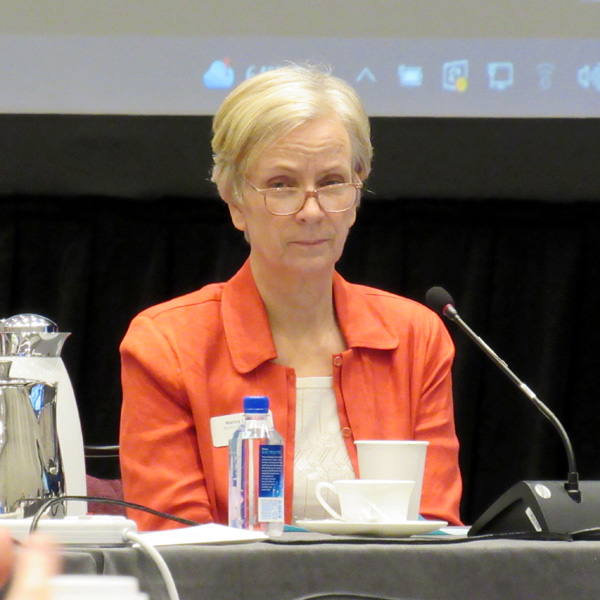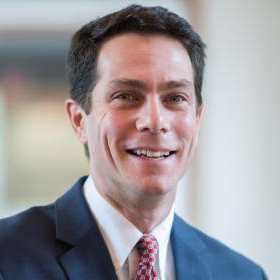President Joe Biden signed a sweeping executive order Wednesday directing the federal government to use carbon-free electricity for its 300,000 buildings and to decarbonize its 600,000 vehicle fleet.
The order requires 100% carbon-free power on a net annual basis by 2030, including 50% 24/7 carbon-free electricity. What that means, a White House fact sheet says, is that “the federal government’s real-time demand for electricity will be met with clean energy every hour, every day, and produced within the same regional grid where the electricity is consumed.”
The policy will “catalyze the development of at least 10 GW of new American clean electricity production by 2030,” according to the fact sheet.
The order seeks to lead by example and leverage the government’s massive purchasing power of $650 billion per year to “protect the environment, drive innovation, spur private sector investment, improve public infrastructure and create new economic opportunity,” it said.
The order sets out a list of emission reduction goals, including:
-
- For all federal government buildings: net-zero emissions by 2045, with an interim goal of a 50% reduction by 2032;
- For all federal government operations: net-zero by 2050, with an interim target of a 65% reduction by 2030; and
- For federal procurement: net-zero by 2050, via a “Buy Clean” policy that will promote the use of low-carbon construction materials and other low-carbon materials across the supply chain.
The order also calls for electrification of the government’s fleet of 600,000 cars and trucks, requiring that 100% of new acquisitions be zero-emission vehicles (ZEVs) by 2035, with 100% ZEV acquisition for light-duty vehicles by 2027.
It allows exemptions for “any vehicle, vessel, aircraft or non-road equipment that is used in combat support” or for other military purposes. Exemptions are also allowed for government activities and facilities for reasons of national security or to protect intelligence sources or undercover law enforcement operations.
Implementation of the order will be overseen by a new federal chief sustainability officer, appointed by the president, and Biden also hopes to draw in executives from the private and nonprofit sectors for “term-limited appointments to bring innovative perspectives and expertise to federal government.” Key federal agencies will also be required to appoint chief sustainability officers and establish sustainability training for employees.
Funding for implementation, the fact sheet says, will come from the bipartisan infrastructure act, signed into law last month, and the Democrats’ Build Back Better budget reconciliation package passed by the House and now being negotiated in the Senate. Build Back Better includes $20 billion for federal clean energy procurement, according to the White House.
Demand-side Incentives
The order was immediately slammed by Sen. John Barrasso (R-Wyo.), ranking member of the Senate Committee on Energy and Natural Resources, who characterized it as an “outrageous and disgraceful” attack on the jobs of U.S. fossil fuel energy workers.
“President Biden’s plan is all about expanding government,” Barrasso said in an email statement. “He is adding a sustainability czar to the White House and every agency. … This is not build back better; it’s another backbreaking move to build bigger bureaucracy.”
Clean energy advocates praised the order, saying it will result in economic growth and job creation while also calling on Congress to finalize passage of the Build Back Better Act.
“This executive order is a critical step to getting the on-the-ground momentum for a complete transition to a decarbonized energy economy,” said Paula Glover, president of the Alliance to Save Energy. She noted that the order references the federal building performance standard now being developed by the White House Council on Environmental Quality for reducing building emissions.
Such standards will “accelerate clean energy research and manufacturing,” she said.
Assuming that building retrofits and vehicle fleet transitions will roll out gradually over a number of years, Harry Godfrey, manufacturing policy lead at Advanced Energy Economy, estimated the order could stimulate business sales of $35 billion to $70 billion by mid-decade, while adding 90,000 to 180,000 jobs in advanced energy manufacturing. The near-term impact on U.S. gross domestic product could be an additional $13 billion to $26 billion, he said.
“As we await the essential clean energy investments contained in Build Back Better to pass Congress, this executive order utilizes the vast purchasing power of the federal government to begin to scale up a large variety of advanced energy technologies and create good jobs in America,” Godfrey said in an email to RTO Insider.
Nancy Ryan, a partner at consulting firm eMobility Advisors, says the commitment to 100% EV acquisition will result in sales of thousands of vehicles per year.
“It’s a commitment going forward that auto manufacturers can take to the bank because they have this commitment to sales,” she said. A more indirect effect is “that it’s a vote of confidence from the federal government because these are working fleets. … It sends a really strong signal that working fleets can be electrified.”
It will also help build out the U.S. supply chain for the thousands of parts that go into electric vehicles, “boosting domestic manufacturing capacity [and] providing another nudge to put the capacity in the U.S. and the jobs that go with it,” she said.
Jason Walsh, executive director of the BlueGreen Alliance, also called out the order’s Buy Clean provisions as a way to “reshore” manufacturing work back to the U.S. “We make steel and cement and other materials in this country in much cleaner ways than some of our biggest competitors, notably China,” he said. “This creates really important demand pull for cleaner building products. We need to create those markets in order to incentivize changes in industry.”
Still another benefit of the order “is the fact that it’s long range, that it is not going to happen overnight,” said Costa Nicolaou, CEO of solar racking manufacturer PanelClaw Inc., an Esdec Solar Group company. “It creates yet another demand-side incentive for manufacturers to set up shop in the U.S., with that demand being in place. And for manufacturers that are already here, it can create a demand-side incentive to increase manufacturing in the U.S. … to scale up our manufacturing even further.”
Filling Skill Gaps
But Ryan said the executive order also creates challenges. For example, electrifying the federal fleet also means building out charging infrastructure, which in turn could put pressure on utility distribution systems, as charging up large fleets creates heavy demand on the grid. Utilities across the country are now looking at different options, such as managed charging programs, to handle that new demand, she said.
The U.S. also may not have the trained workers needed to meet Biden’s ambitious goals, and the executive order in and of itself will not be enough to spur workforce expansion, Walsh said.
“We have skill gaps in certain sectors,” he said. Funds in the Build Back Better Act would allow unions to dramatically increase training and apprenticeship programs to expand the clean energy workforce.
“We need to make clear to a whole new generation of workers that we’ve got to rebuild and repower and retrofit this country,” Walsh said. “And that is a project that is not only enormously important from a climate standpoint, but it also has the potential to be a pathway to career jobs that, if they’re union, can be high quality and family-supporting.”
